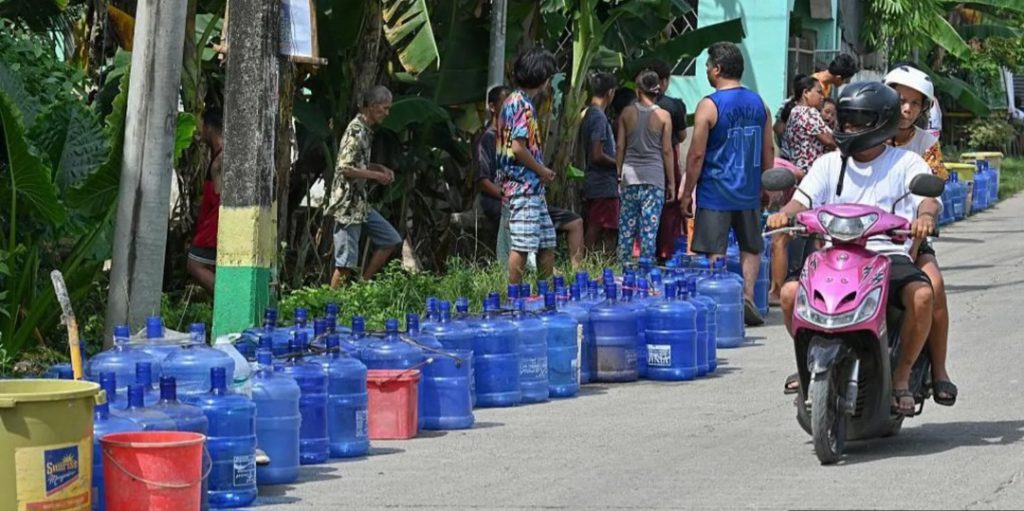
Ofure Akhigbe
When darkness fell on northern Cebu two nights after the earth groaned beneath it, silence replaced the familiar hum of island life. Streets once alive with tricycles and chatter are now filled with rubble, broken glass, and the faint glow of solar lamps. Survivors call it a “ghost town.”
On September 30, a 6.9-magnitude earthquake rattled northern Cebu, an island province in the central Philippines, killing at least 68 people and injuring over 500. Nearly 80,000 residents were forced to flee their homes, turning schools and open fields into makeshift shelters.
“I still can’t process what has happened,” said 35-year-old tourism officer Arguel Estalicas, who now sleeps under tarps with his family. “The ground still feels unsteady under my feet.”
Two days on, the struggle is no longer just about survival—it’s about endurance. Roads remain blocked, water is scarce, and food queues stretch into hours. Body bags outside small hospitals in Bogo City speak of the quake’s toll, while survivors whisper prayers between tremors.
Photographer Doods Demape drove four hours to Cebu City for supplies, only to find shuttered supermarkets and fuel stations overrun with desperate motorists. “The children need water first,” he said, clutching a nearly empty bottle.
The quake has reopened wounds in a region scarred by disasters. Ten years ago, Super Typhoon Haiyan flattened entire communities in the Philippines. Now, some of the same relocation sites built for Haiyan survivors have been reduced to rubble again.
For many, this earthquake revives memories of Bohol’s 2013 disaster, when a 7.2 tremor left over 200 dead. “It’s like living through history, only worse,” said community journalist Lourenze Pareja, who streamed the chaos live as families rushed into the night in pajamas and slippers.
Yet amid fear and hunger, the Filipino spirit of bayanihan—communal solidarity—burns strong. Strangers share meals, children are rocked to sleep by neighbors, and relief workers say volunteers keep arriving, offering what little they have.
“My only hope is that help will not stop with the city,” said Pareja. “Our smaller towns need to be seen too.”
On social media, #CebuQuake has become both a lifeline and a rallying cry, connecting survivors with rescuers, and families with missing loved ones. But for those in northern Cebu, the most pressing need is not digital solidarity—it is food, water, and the courage to endure the long nights ahead.
